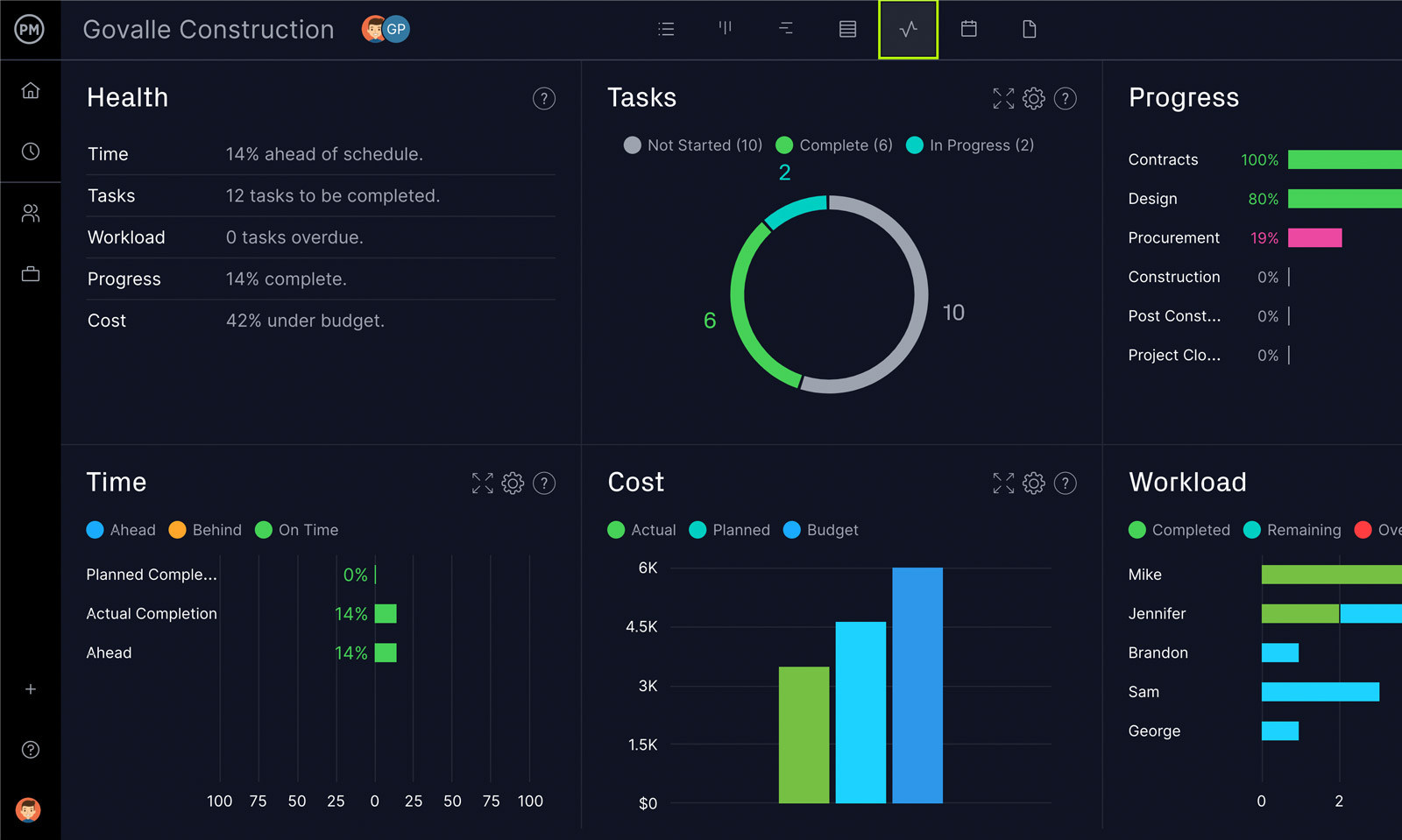It’s a given that there will be changes to the project plan during the project execution phase. It’s impossible to factor in everything—from weather to supply chains to change requests—something is going to conspire against your schedule and budget. This is why projects have a change control board.
Project management is methodical, but change is not. If changes are requested, the change control board shows how those changes are managed with the least amount of disruption to the project’s plan. The importance of a change control board to a successful, high-quality project cannot be overstated.
What Is a Change Control Board?
A change control board is sometimes referred to as a change review board. It’s a group of people from the project team that meets regularly to consider changes to the project. Through this process of detailed examination, the change control board decides on the viability of the change request or makes recommendations accordingly. A change control board includes representatives of the relevant functional areas of the project in addition to the project manager. There are likely also experts, customers and sponsors included. Of course, depending on the project and the organization, others might be involved.
Larger projects that include many teams working together typically have a central change control board in addition to various change boards specific to their project area. These teams report to the central change board that has the final say on the matter. There might also be a site change board for smaller changes that only impact remote sites.
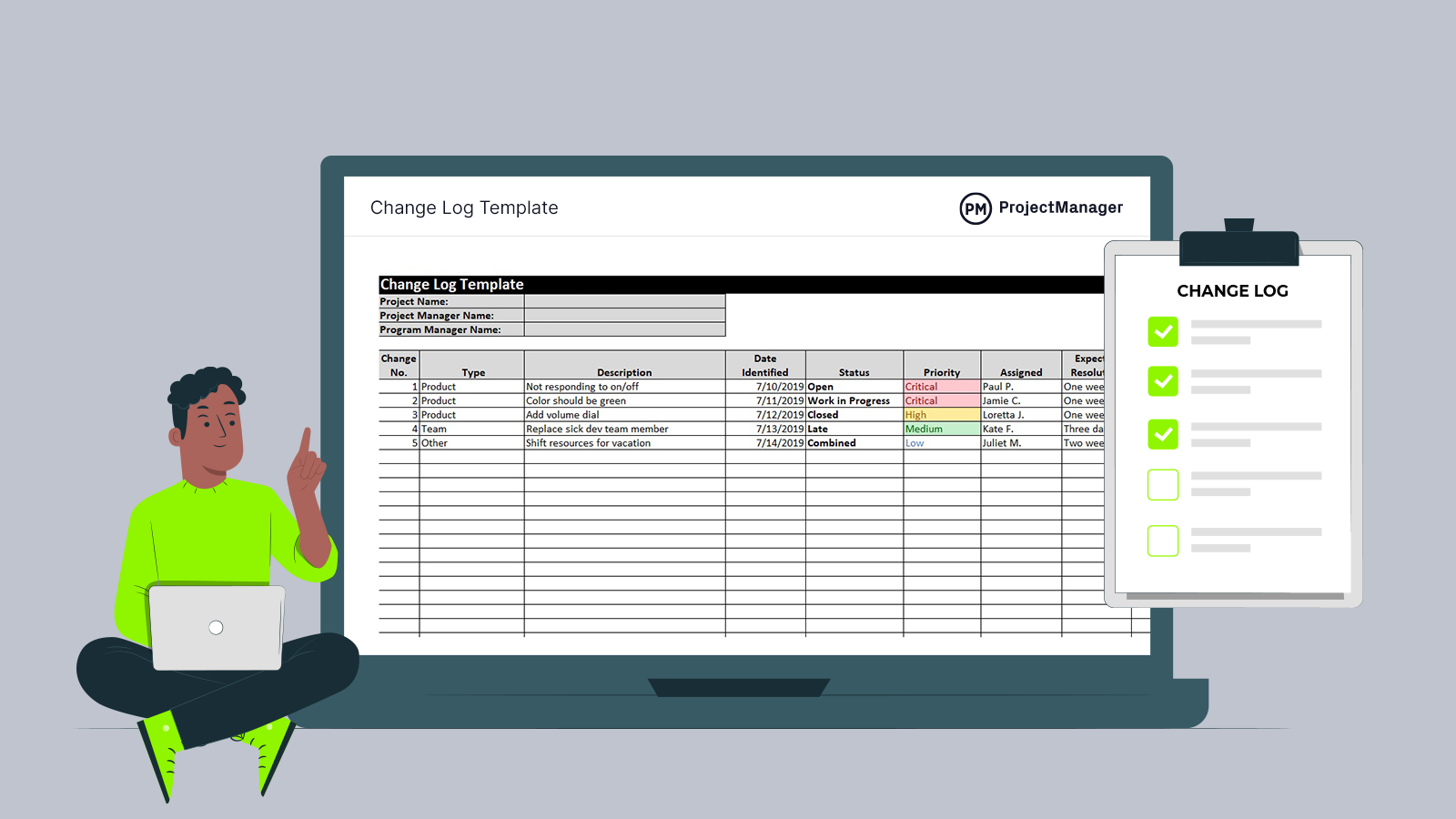
Get your free
Change Log Template
Use this free Change Log Template for Excel to manage your projects better.
What Does a Change Control Board Do?
A change control board looks at change requests which are then reviewed in detail. The changes differ from the baseline requirements set at the approval of the project plan. The change control board then debates the pros and cons of a change, which is why it’s important to have a change control board that reflects all project aspects, from the team to the end-user.
By everyone evaluating the change from their perspective, the change control board determines if the change is worth the impact it might have on the schedule and budget of the project. Once a decision is made, it’s delivered to the project team and the client. The change control board is not always the last word on the subject, though. While the change control board usually has the authority, its decision is not always final and binding.
Once the change control board has approved a change, the change must be managed. ProjectManager is work and project management software with multiple project views that allow you to work how you want. Whichever view you use, you can create one or multiple tags and filter accordingly to track project changes. Get started with ProjectManager today for free.
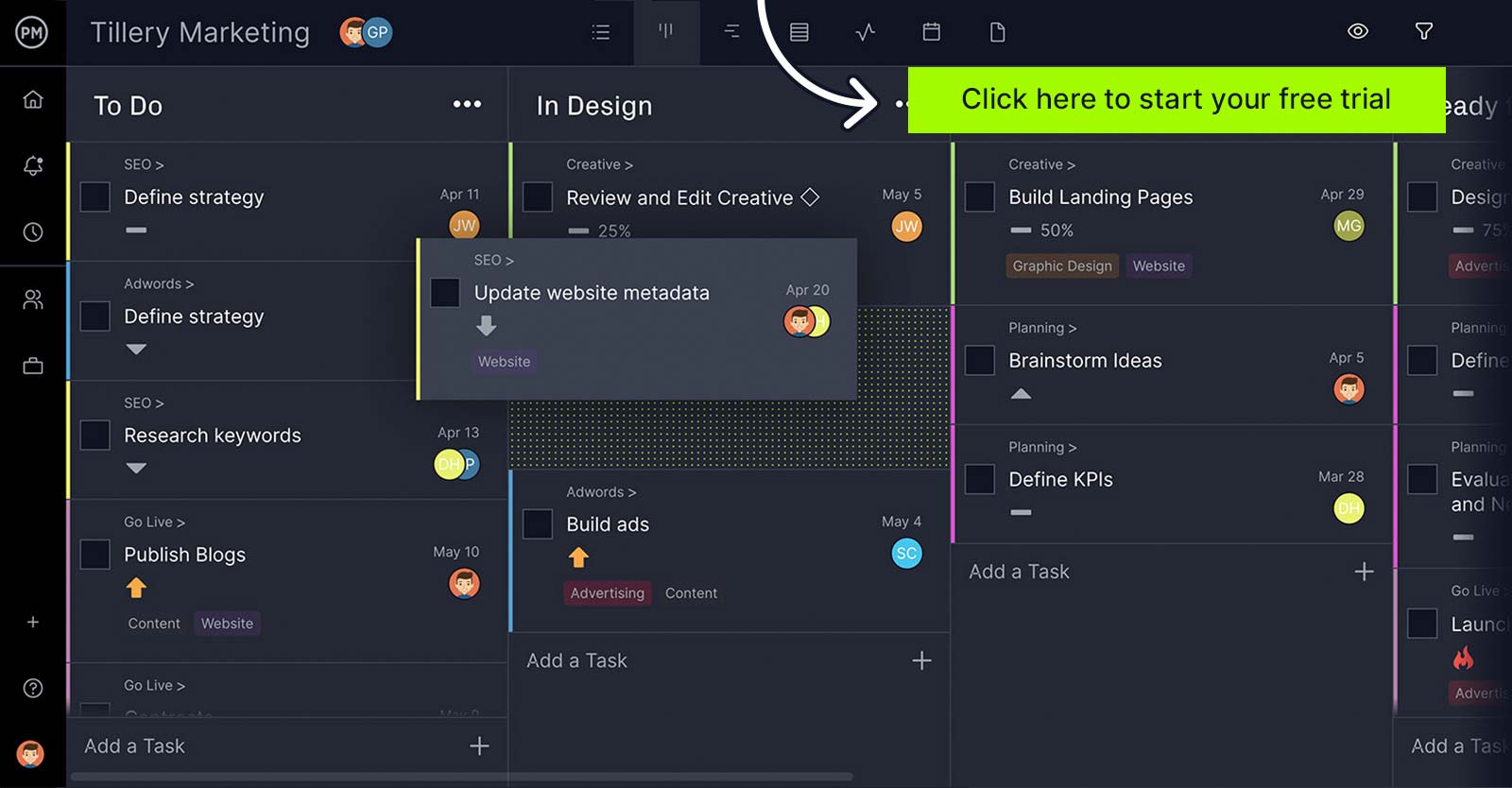
Change Control Board Roles & Responsibilities
The roles on a change control board differ by project, organization and industry. In general, there are fundamental roles that are common in all change control boards.
Manager
The manager leads the group, coordinates the activities and oversees all aspects of change. That is, they prioritize the change requests and lead the impact assessment of how the change affects the project. The change manager is responsible for documenting the change management process and the necessary plans to implement the change. They also lead change control board meetings.
Approvers
As the title suggests, an approver or change authority decides if the change is authorized or rejected. This can be an individual, often a manager or executive, but the response can also rest on the change control board so they can make the decision together. Approvers work closely with managers to approve and direct change in the organization and/or project. In smaller organizations, however, the approver and the change manager are the same people.
Business Stakeholders
It’s common to have business stakeholders involved in change management and participate in the change control board. That means that various departments can be brought in to better understand the impact of the change. These can, for example, be representatives from the sales or finance departments if these teams are impacted by the change.
Team Members
Teams working on the project are often the ones who submit changes to the change control board. They’ll document why they believe the change is important and help the project. Not only are they suggesting the change, but they will be the ones to implement, monitor, and respond to any change-related issues. These teams can be software developers, testers, quality assurance offices, marketing teams, etc.
Customer Service/Technical Support/Help Desk Agents
Anyone who is responsible for interacting with customers needs to have a place on the change control board. They are on the front lines of the business, dealing with those who actually use the product or service and have an intimate understanding of whether a change will have a positive or negative impact.
Change Log Template
A change log is an essential change management document that allows project managers and change control boards to keep track of the various changes that can take place during the execution of a project. This free change log template lets you list down project changes, the dates when they were made, which actions were taken and the impact of those changes.

Developing a Process for the Change Control Board
Part of controlling change is having a process. The change control board is part of the change management planning for a project or organization. It’s a way to capture change, examine it and either accept or reject it.
The first step is identifying the need for a change. These changes can come from the team, manufacturer or other stakeholders. Wherever the change originates, capturing it is important to begin the process.
Next, a change control board is assembled or the change request is delivered to the board for review. As noted, the change control board is made up of people from each stage of the project’s life cycle to facilitate a well-rounded discussion and place the change in a larger context.
It’s at this point that the change control board defines the outcome and aim of the change control process. A timeline is set to ensure that the change and documentation are created to align the change with the project goals.
Rather than being reactive, the change control board needs to stay proactive when dealing with costs and schedules to avoid any damaging impact. If the change is approved, the change control board will deliver a timeline followed by a testing and iteration stage. They’ll continue to meet and discuss potential problems and make sure the change stays on schedule.
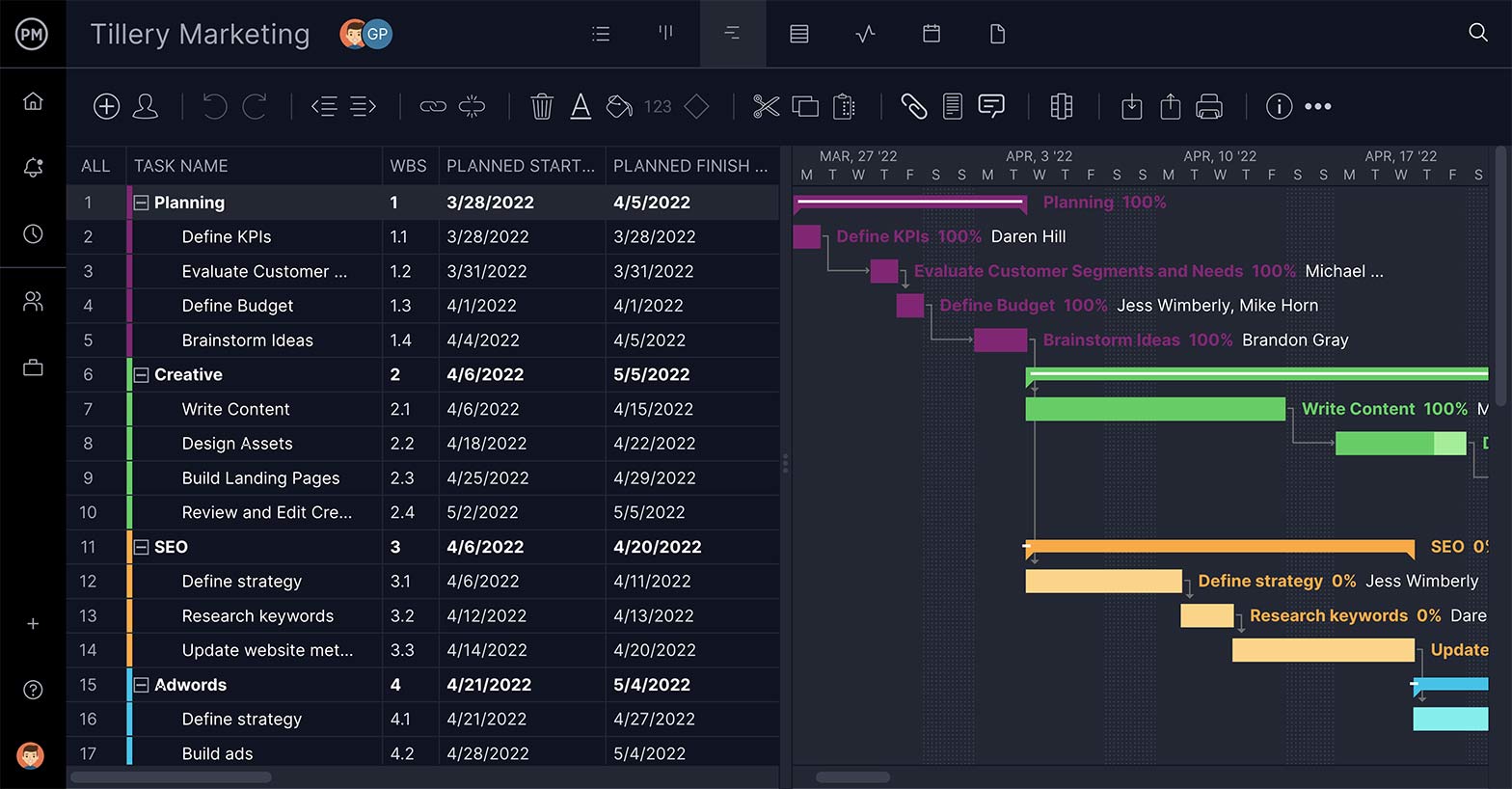
Best Practices for CCBs
The importance of a change control board is clear: without a process in place to manage project changes, you could negatively impact the timeline and costs associated with the project. We’ve already discussed the first best practice; make the board a diverse representation of project representatives, including all stakeholders, select team members, customers, suppliers, etc.
Once you have a cross-section of project stakeholders on board, you want to clearly define their responsibilities. For the change control board to be effective, it should be just the right size to respond to changes quickly and with enough technical and business acumen.
Just as you create a charter for a project, you should do so with your change control board. This allows you to define the purpose of the board, the scope of its authority, membership criteria and responsibilities, operating procedures and the decision-making process. When shared, this makes it clear what the board does and what it doesn’t do, allowing it to act more effectively. You’ll also want to note how often you meet and what prompts special, unplanned meetings.
The most important thing is agreeing on a decision-making process to keep everyone aligned. It determines how you define a quorum, what rules govern your activities on the change control board, the power the manager of the board has and if decisions made by the board need to be ratified by a higher authority.
As you’d expect, communication is critical, so the channels and frequency in which stakeholders are updated must be well-defined. There should be a member whose responsibility is to update those stakeholders. Ideally, there should be one depository for information to ensure everyone is working with the most current data.
Don’t forget about scope creep. It should be top of mind of all change control members and stakeholders will push for changes that impact the scope of the project. It’s the job of the change control board to take those requests seriously and balance them against the timeline and costs of the project.
How ProjectManager Helps Manage Change & Projects
In order to have an effective change control board that delivers projects that are successful, on time and within budget, you need a tool that captures real-time data. ProjectManager is cloud-based software that gives the project team and the change control board real-time data to allow them to make more insightful decisions.
Track Changes With Real-Time Dashboards
We already mentioned how our multiple project views have tags to help you keep track of changes as they move through the project. The real-time dashboard does even more. It provides a high-level view of the progress and performance of those changes, automatically calculating data and displaying it in colorful graphs that track six metrics. Unlike less powerful software, there’s no setup required and it’s ready to use when you are.

Keep Stakeholders Updated With One-Click Reports
Change control boards need data. The dashboard is good for a general overview, but when they want to zero in on something and take a closer look, one-click reports can be generated for status or portfolio reports, time, cost and more. All reports can be filtered so board members can focus on the most relevant data. Reports are also easily sharable and come in multiple formats to keep stakeholders updated.
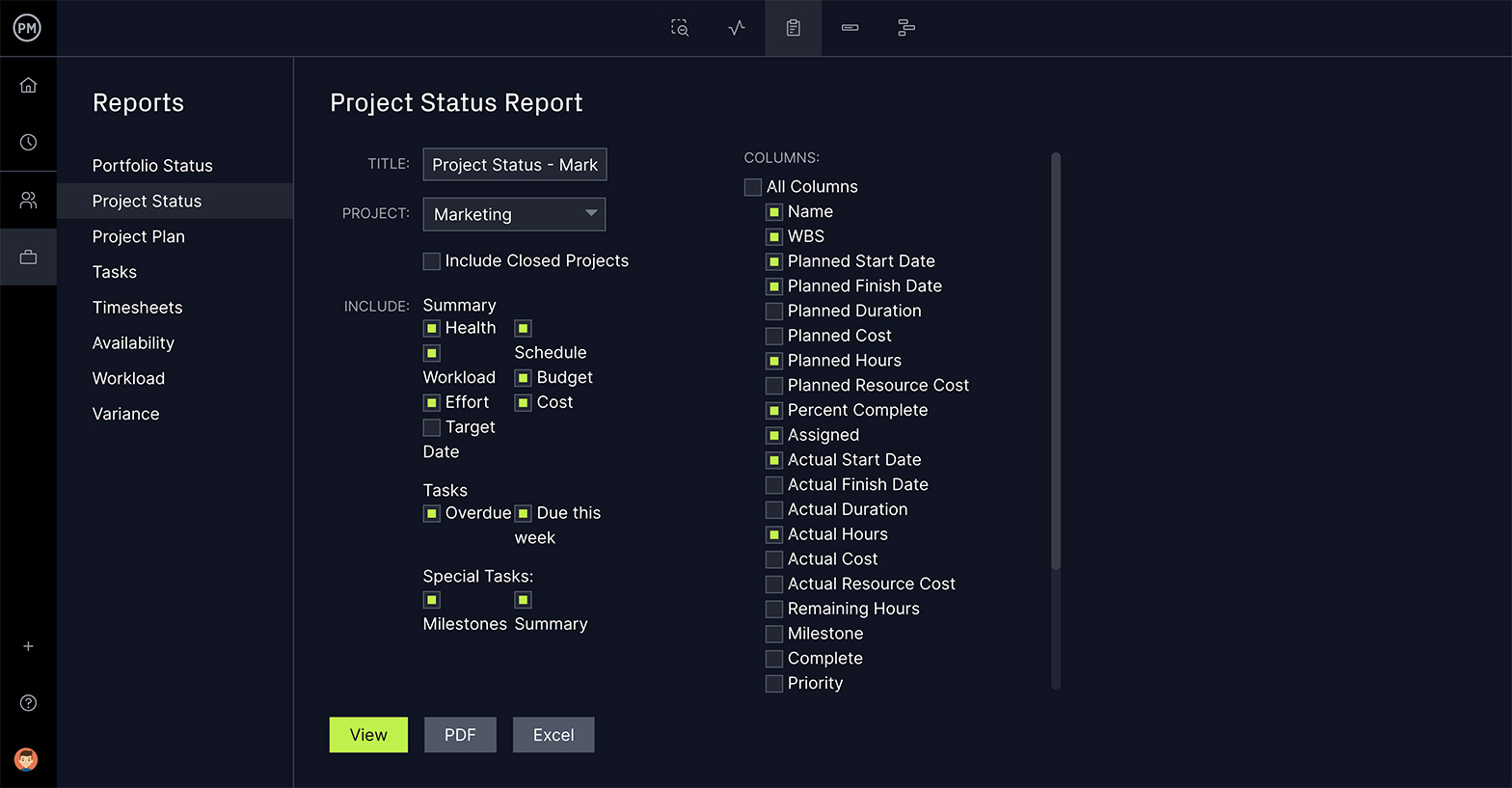
Because there’s one source of project truth, both the project team and the change control board can work with the same data. Our collaborative platform connects hybrid teams anywhere and at any time. Share files, add tasks and make comments in real time. Whether you’re in the office, in the field or working from home, we give you the tools to collaborate and stay productive.
Related Content on Change Control Boards
- Free Change Management Templates for Excel and Word
- How to Make a Change Management Plan (Example & Template Included)
- Change Request: How to Submit, Manage and Execute
- 10 Key Project Roles & Their Responsibilities
- What Is a Project Director? Role, Responsibilities and Salary
ProjectManager is award-winning software that helps you identify, track and report on project changes, organize tasks and connect with your team to work more effectively. Our multiple project views mean that departments that work traditionally can collaborate with those who work in an agile environment. It’s truly a flexible, hybrid tool. See for yourself. Get started today for free.

